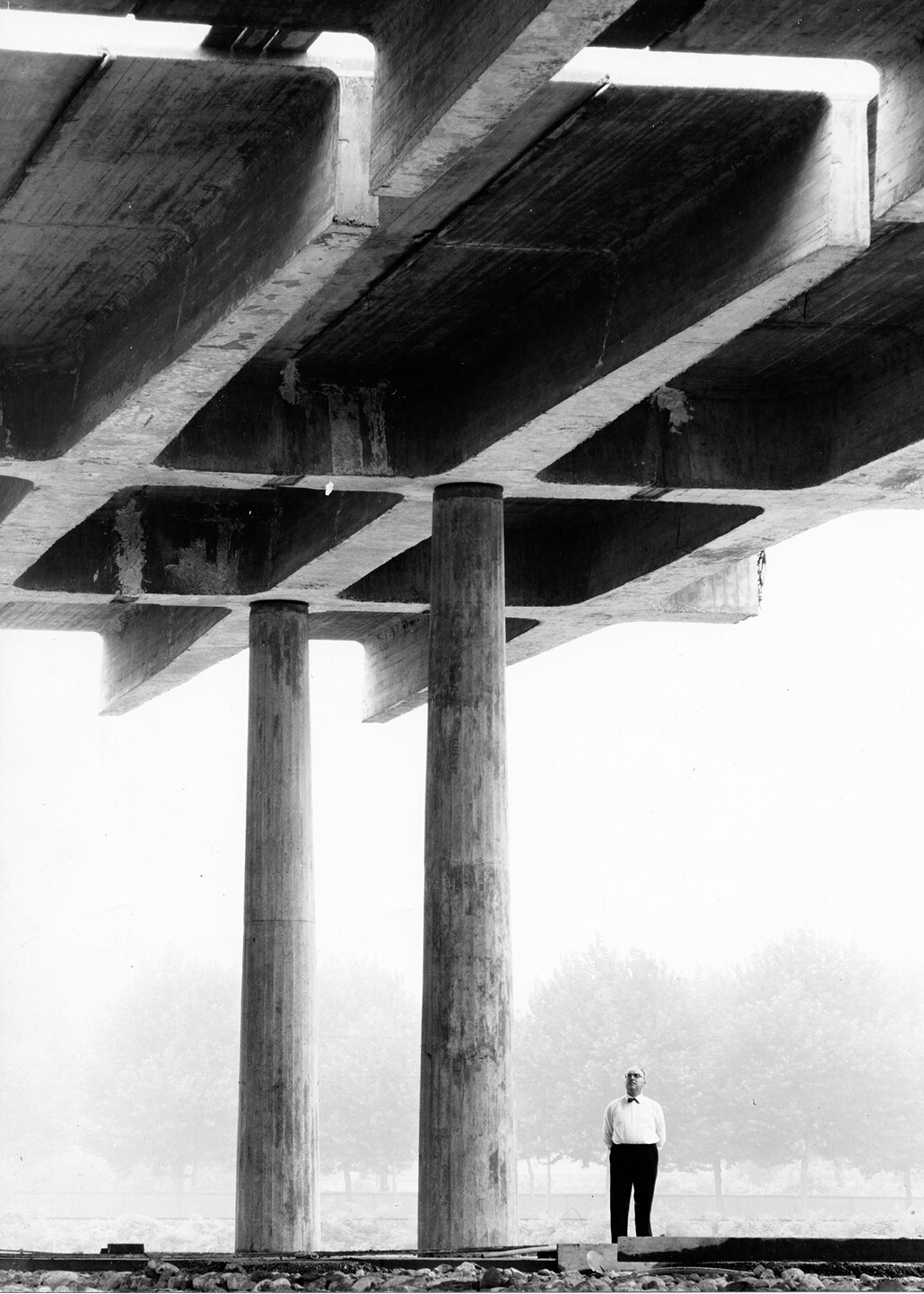January 27–April 23, 2023
Viale Alemagna, 6
20121 Milan
Italy
The exhibition presented by Triennale Milano until April 23, 2023 celebrates the work of Milanese architect and designer Angelo Mangiarotti rediscovering the creativity of one of the most prominent figures of Italian architecture and design. Angelo Mangiarotti: When Structures Take Shape is curated by Fulvio Irace, with Francesca Albani, Franz Graf (Architecture section), Luca Pietro Nicoletti (Sculpture section), and Marco Sammicheli (Design section), with the support of Giulio Barazzetta. The exhibition is organized in collaboration with the Angelo Mangiarotti Foundation, which has made the treasures in its archive available for display. The installation design is by Ottavio Di Blasi & Partners, with the participation of Renzo Piano.
Angelo Mangiarotti: When Structures Take Shape is one of the most complete and comprehensive retrospectives ever devoted to the Milanese architect. It retraces 60-year of career with a wide selection of works, projects, documents and materials, many of which have never been exhibited before.
Stefano Boeri, President of Triennale Milano, explains that “For many years, Triennale Milano has been working on a project devoted to the great Italian masters of design, from Enzo Mari to Ettore Sottsass, to Achille Castiglioni and Pietro Lingeri. The latest is now Angelo Mangiarotti, an eclectic international personality who over the years carried out superb experiments in the fields of architecture, design, sculpture and infrastructure planning. The retrospective we are now putting on once again gives this key figure in the world of twentieth-century design his rightful place in history.”
Renzo Piano, who met Mangiarotti while at the Politecnico University of Milan and during work on the 14th Triennale (1968), has assisted in setting up this exhibition, as a way of paying homage to Mangiarotti’s precise way of interpreting the theme of space, which was one of the hallmarks of his work. The installation design created by Ottavio Di Blasi & Partners consists of a series of platforms that reflect the core themes of the exhibition—from node to joint, sculpture to assembly, abstraction to sensuality. Each table displays a series of study models, prototypes, completed works and fragments of work, showing the visitor the wealth and range of Mangiarotti’s experimentation and the workshop-like atmosphere of his studio.
The exhibition focuses on the way Mangiarotti approached each design problem as part of a much broader whole, in which experimentation, the characteristics of the material and its static functions went far beyond the laws of structure, involving experiments with materials such as concrete, marble and glass.
The exhibition starts in the large entrance corridor, with a timeline, inspired by the characteristic atmosphere of the architect’s studio. A large series of drawings by the architect form a picture gallery on the opposite wall, revealing his great artistic skill and the importance of drawing in his creative process. On entering the hall, the visitor is attracted by huge prints of enlarged photographs that pick out various details of his projects, both internal and external, and is drawn into a journey that illustrates the main themes of his incessant research. With no contrived divisions between disciplines, the visitor can thus observe the continuity that exists in some formal themes and how they are linked together and taken up at different times and on different scales, like recurring notes in a complex musical score. Original archival materials can be seen on the large panels, with documents, drawings, photos and models, while all around is a landscape in which sculptural presences rise up imperiously, revealing the deep artistic vein that was such a feature of his entire life. In a special room it will also be possible to watch a video projection of Un Angelo su Milano: Mangiarotti e la città, specially created for the exhibition by Francesca Molteni, Muse Factory of Project.
A catalogue, edited by Fulvio Irace and published by Electa, accompanies and completes the exhibition, with a series of articles by critics and experts.


